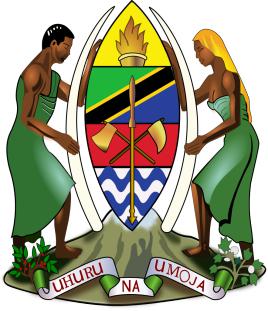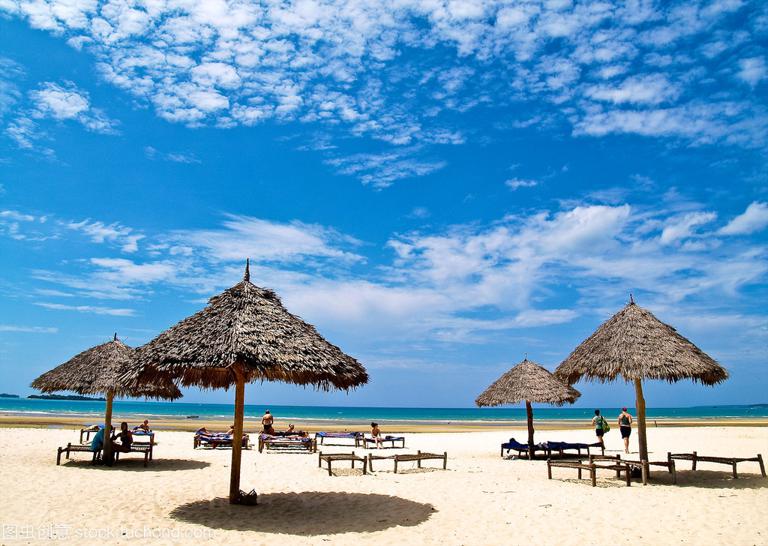

The full name of Tanzania: The United Republic of Tanzania. Located in eastern Africa, south of the equator. A member of the Commonwealth. It borders Kenya and Uganda to the north, Zambia, Malawi, and Mozambique to the south, Rwanda, Burundi and D.R.Congo to the west, and the Indian Ocean to the east. It covers an area of 945087 square kilometers, with a total population of 44.9 million as of 2013.
Tanzania is one of the world's least developed countries declared by the United Nations. The economy is dominated by agriculture, and grain is basically self-sufficient in normal years. Industrial production technology is low, and daily consumer goods need to be imported. In 1967, nationalization and planned economy were carried out, with the construction of collective farms as the center, and the " Ujamaa " socialist movement, which was seriously divorced from the national conditions, led to a serious lag in economic development. Since 1986, it has accepted the adjustment and reform plan of the International Monetary Fund (IMF) and the world bank, which has implemented the "three-year economic recovery plan" for three consecutive times.
